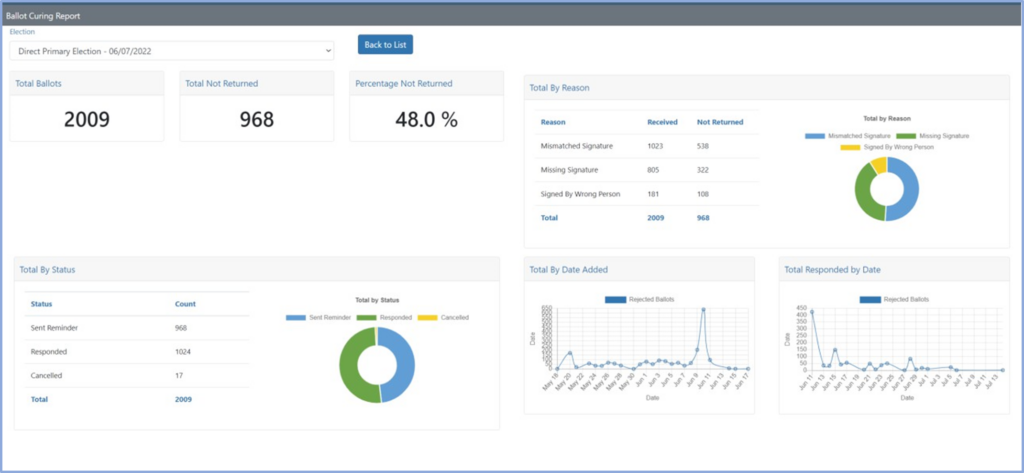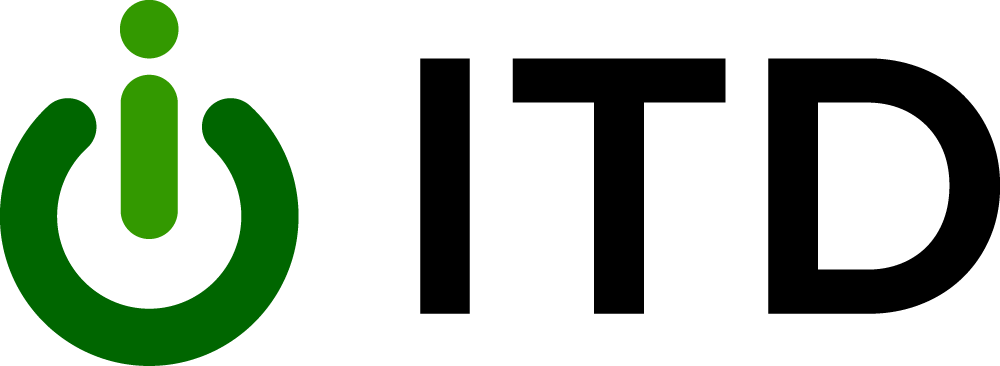Start/Launch Date of the Program: June 2022
Department: Information Technology Department and Registrar of Voters
Abstract of the Program
Voters who cast their ballots by mail have increased tremendously in recent years. They are required to provide their signature on the ballot envelopes to confirm their identity. These signatures are validated through an automated signature verification process. Sometimes mistakes happen as the voter might either forget to sign or sign with a different signature. Ballots with valid signatures are counted while those with missing signatures or discrepancies are rejected.
In California, the rejected ballots are processed according to the Election Code Section 3019. This requires election officials to provide notices to the voters and give them the opportunity to submit their corrections by 5PM two days prior to the certification of the election. This important and essential process of notification and correction is referred to as ‘Ballot Curing’.
Alameda County Registrar of Voters (ROV) partnered with Information Technology Department to develop a scalable, innovative, secure, and robust Ballot Curing system to improve their process. The new system was successfully implemented in two major elections in 2022. This provided a platform that is user-friendly, accurate, efficient which reduced staff by 70 %, and time spent by 50%. This provided timely and better management of notifications.
The Problem or Need Addressed by the Program
Some vote-by-mail ballots are rejected due to errors such as missing signatures on the ballot envelope or signatures not matching the voter’s record in the Voter Registration system. ROV needs to notify the voters through mail, email, or phone call and the notification needs to be available in multiple languages (Section-203 of the federal Voting Rights Act of 1965 (52 U.S.C. Sec. 10503)). ROV receives the Signature Verification Statement or Unsigned Identification envelope statement from the voters by 5 PM 2 days prior to the certification of election to ensure their vote by mail ballots will be counted. The process of sending ‘cure’ notices to voters was a manual process. It was evident that the old process was tedious, prone to errors, and not efficient.
Description of the Program
When vote-by-mail ballots are returned to the ROV office through different means– in person, USPS, official ballot drop boxes, vote centers, and ballot drop stops, they go through an automated signature verification process where it rejects ballots. Ballots are rejected when missing signatures on the ballot envelope or signatures do not match the voter’s record.
The process of sending ‘cure’ notices to voters was a manual process and encountered the following issues:
a) Data Entry – Staff is using a spreadsheet to track the rejected ballots. Voter information is looked up against the election management system. Information such as voter ID, name, address, email, phone number, and reasons are entered on the spreadsheet.
b) Printing Labels and Letters – Labels are created manually and had to assign multiple staff to make labels, verify addresses, and place labels on the envelope. Different letters are printed depending on the rejected reason and language.
c) Status of voters is updated on the spreadsheet one record at a time – when the first notice has been sent to the voter when the email was sent when the final notice was sent, and when the voter responded with the required
d) Lacks audit logs.
e) Stats had to be generated manually from the spreadsheet.
It was evident that the old process was tedious, prone to errors and not efficient. Registrar of Voters had requested Information Technology Department to develop a system that will help them track, print or email notices by bulk in multiple languages depending on the voter’s language preference, update statuses by batch and generate reports and dashboards.
The main objective of the Ballot Curing System is to develop a system that will help ROV staff send ‘cure’ notices to voters in a timely manner through the mail, email, or phone call.
a) Capture voter information, reason, and status
b) Print different letters by batch depending on the reason. Reasons could be: Missing Signature, Mismatch Signature, and Signed by Wrong Person.
c) Use of windowed envelopes
d) Notify voters to send back the corrections by 5 PM 2 days before certification of the election.
e) Send email notifications to voters with email addresses.
f) Letters and emails should be in different languages required in the county as per Section 203 of the federal Voting Rights Act of 1965 (52 U.S.C. Sec. 10503)) such as English, Chinese, Spanish, Tagalog, and Vietnamese
g) Manage the different statuses to send follow-up emails, letters, or phone calls
h) Provide reports and a dashboard.
The Ballot Curing system has been added to an existing web application named Election Utilities which consists of different modules that support the election. The web application is written in JAVA/ SQL Server and secured by Active Directory. The development time was reduced by utilizing the current database and framework for security, sending bulk emails, and generating PDFS.
The features of the new system include:
- The voter information of the rejected ballots is entered into the system by simply entering the voter ID that was on the envelope. The system interfaces with data from DIMS (the county’s election management system) to prefill the voter information. This eliminates the need to type all the voter information which is prone to error. Other information such as the reason and comments is entered into the system.
- The system is pre-configured with PDF templates and email bodies in different languages required in the county (English, Chinese, Spanish, Tagalog, and Vietnamese). The PDFs are prefilled with the voter’s information from the database.
- After entering the voters into the system, letters can be printed by bulk/batch. The system generates a PDF with different letters depending on the reason – a Signature Verification Statement for a mismatched signature Signed by the wrong person and an Unsigned Identification Envelope Statement for a missing signature. The letter is also translated depending on the voter’s language. The name and address are printed on the letter and inserted into a windowed envelope to minimize the trouble of having to print the label twice.
- For those voters with email addresses, staff can send the email by bulk/batch. Each email contains an attachment of either the Signature Verification Statement or an Unsigned Identification Envelope Statement depending on the rejection reason. The body and letter attachments of the email are also translated depending on the voter’s language. The system allows users to preview the emails before sending the emails.
- The system allows the staff to update the status of a single voter or multiple voters. The different statuses when sending the notification include: First Letter, Sent Reminder, and Sent Final Notice. Tracking the different statuses helps the staff determine if they need to send follow-up notices to voters. Upon receipt of the response from the voter, the status is updated to Responded.
- All activities are captured in an audit log which provides tracking of the date time, comments, and the responsible person.
- The system was later enhanced for November 2022 election to retrieve the phone number from DIMS and allow staff to log their phone calls.
- The dashboard gives provides ROV management with real-time analytics by-election, reason, and status.
The Cost of the Program
The new system was completed using existing ROV budgets and ITD staff. The total time for development and testing was three months. The one-time cost of the program was $45,600 and the maintenance cost is $4,500 annually. As The development team utilized the current database and framework for security, sending bulk emails, and generating PDFs the development time was reduced and provided cost savings. The team followed the Project Life Cycle and used an Agile Methodology to complete the development.
The Results/Success of the Program
The Ballot Curing system was implemented in May 2022. It was used for the June 2022 Direct Primary Election and November 2022 General Election.
The Registrar of Voters was very pleased with the new system. It addressed the issues with data entry, manual printing of letters and labels, and managing notifications. There was no longer a need to print labels and letters one by one instead letters were printed in batches. Windowed envelopes are used to eliminate printing labels and match the labels with the letters.
In the past, ROV had assigned eight staff members to do data entry, print labels, place labels on envelopes, and fold the letters which took them more than four hours to get the work done every day. With the new system, only three staff members are assigned to do data entry and folding/stuffing letters and took them two hours to complete the tasks. The savings in manpower and time allowed them to allocate the extra resources to other election activities.
The new system brings efficiency, productivity, accuracy, and timeliness to the ballot curing process.
Worthiness of Award
Ballot curing is an essential and important aspect of vote-by-mail processing. The new system has vastly improved productivity, timeliness, and accountability minimized data errors, and ensured that voters will have the opportunity to provide the missing or corrected signature so their ballots can be counted.
The benefits of the ballot curing system include and are not limited to 1) Ensuring the accuracy of the vote by allowing election officials to correct errors made by voters, such as missing signatures. 2) Increasing voter participation by ensuring that more ballots are counted. 3) Maintaining the integrity of the election by allowing voters to cure their ballots and ensuring that all eligible votes are counted which helps prevent fraud and ensures that the election results are accurate. 4) Avoiding unnecessary legal challenges as more ballots are counted and the margin of victory became larger.
Overall, ballot curing improved important processes that helped the county to ensure the accuracy, integrity, and fairness of the election process. It was a cost-effective solution that utilizes the framework of existing systems.
Supplemental Materials
Supplemental
Program Title: Ballot Curing
Start/Launch Date of the Program: June 2022
Category: Information Technology
Department: Information Technology Department and Registrar of Voters
Ballot Curing List
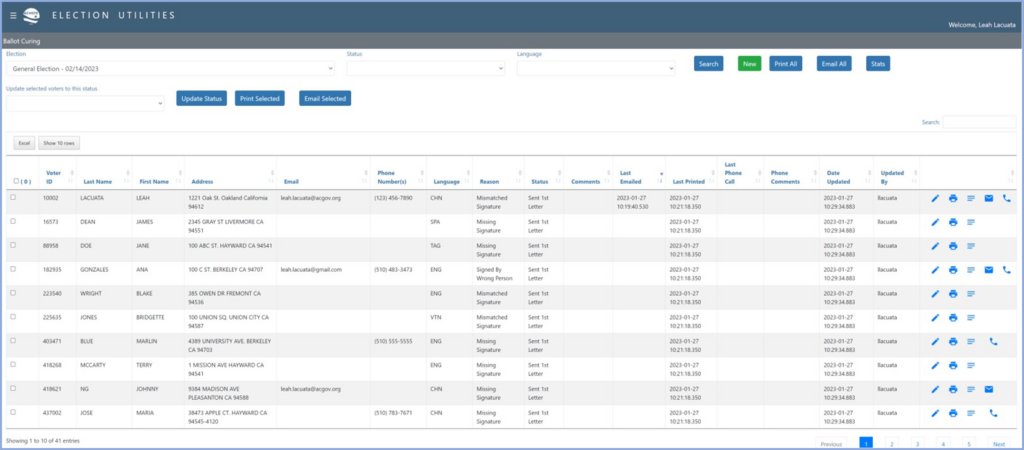
Add a Rejected Ballot
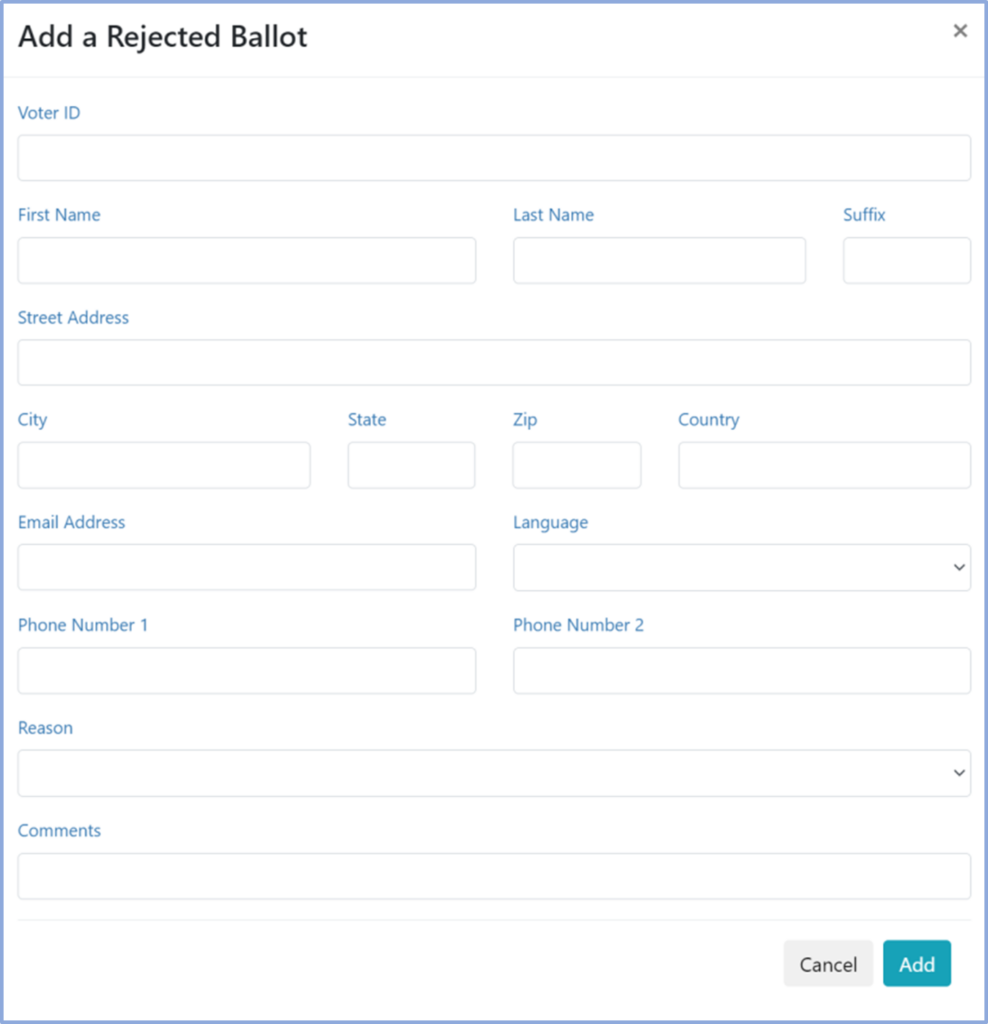
Update a Rejected Ballot
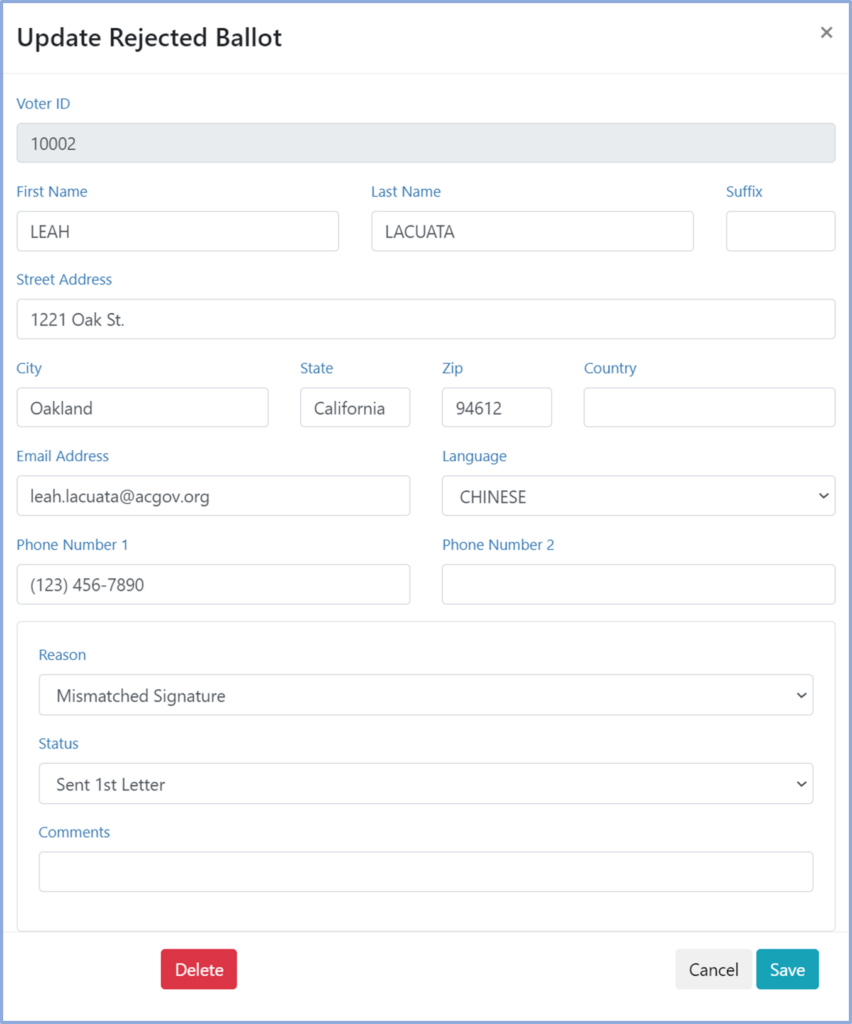
Add a Phone Call Log
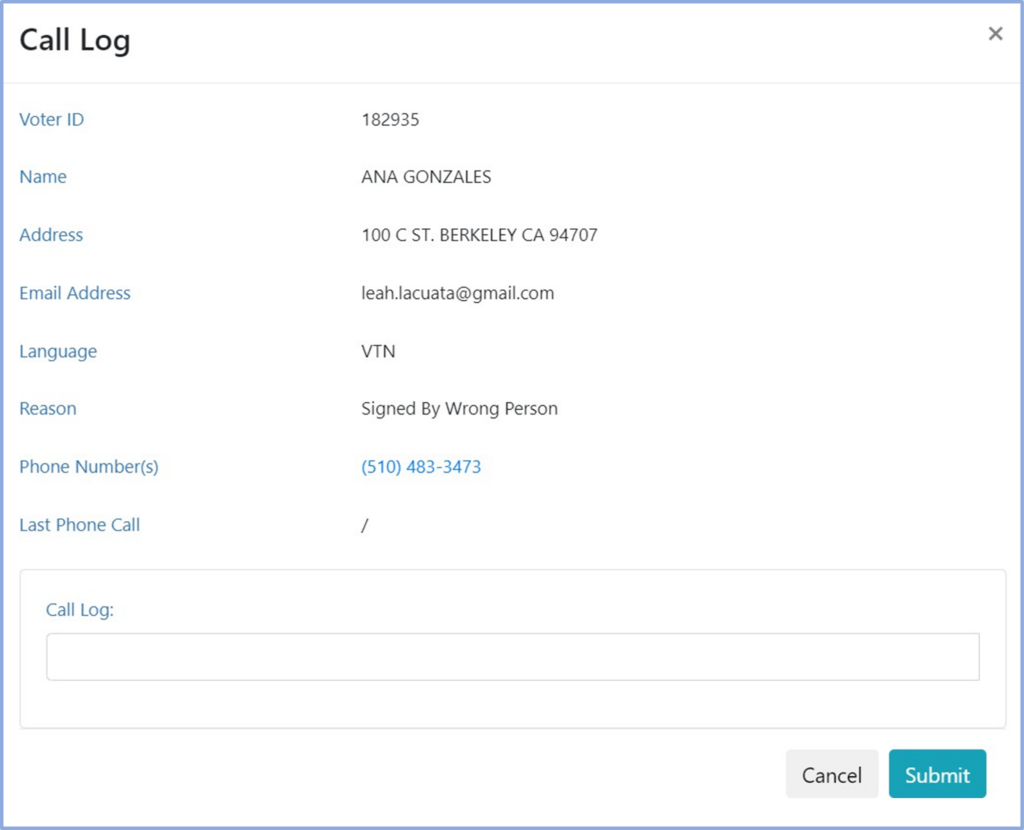
Audit Log

Pre-filled Letters in Different Languages
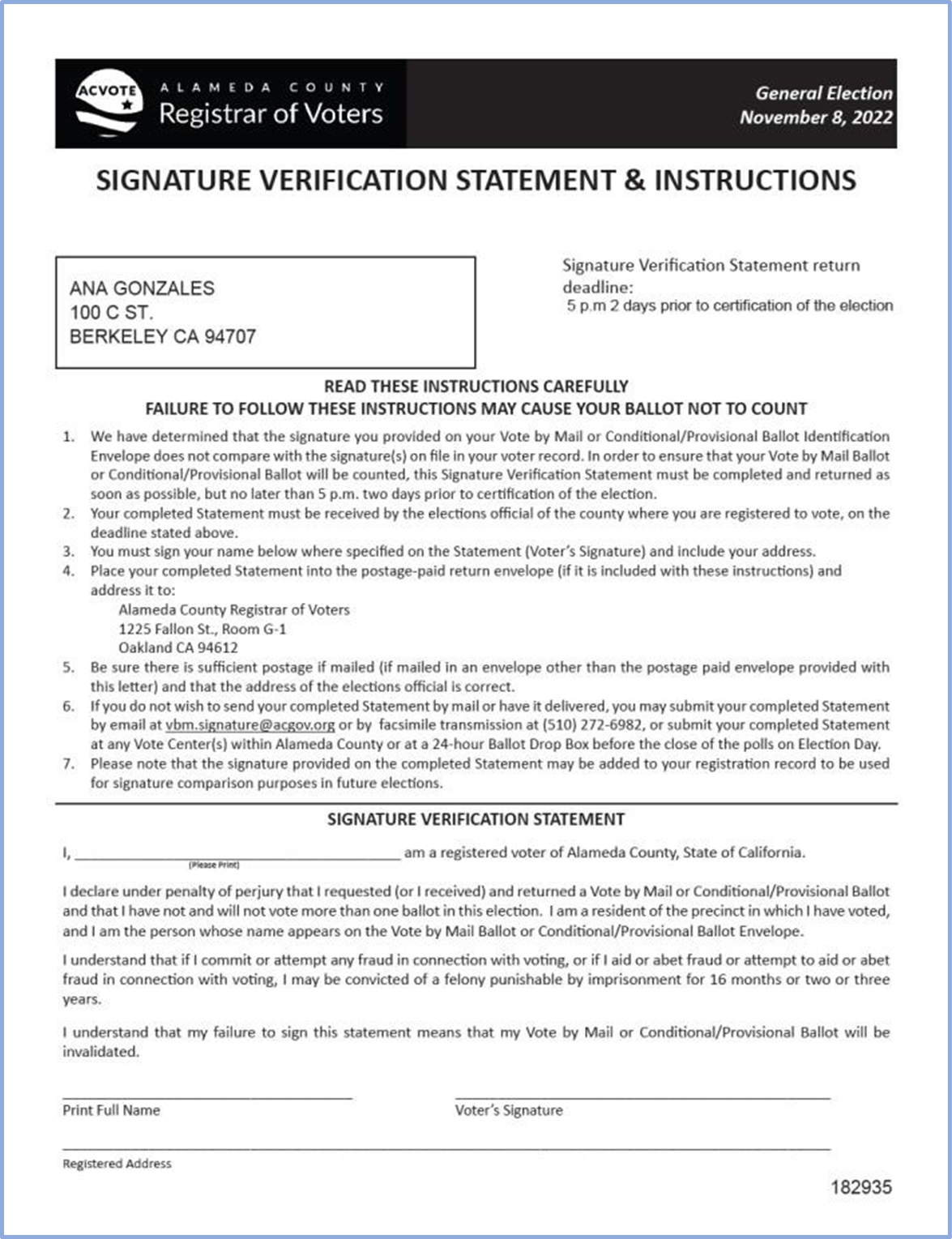
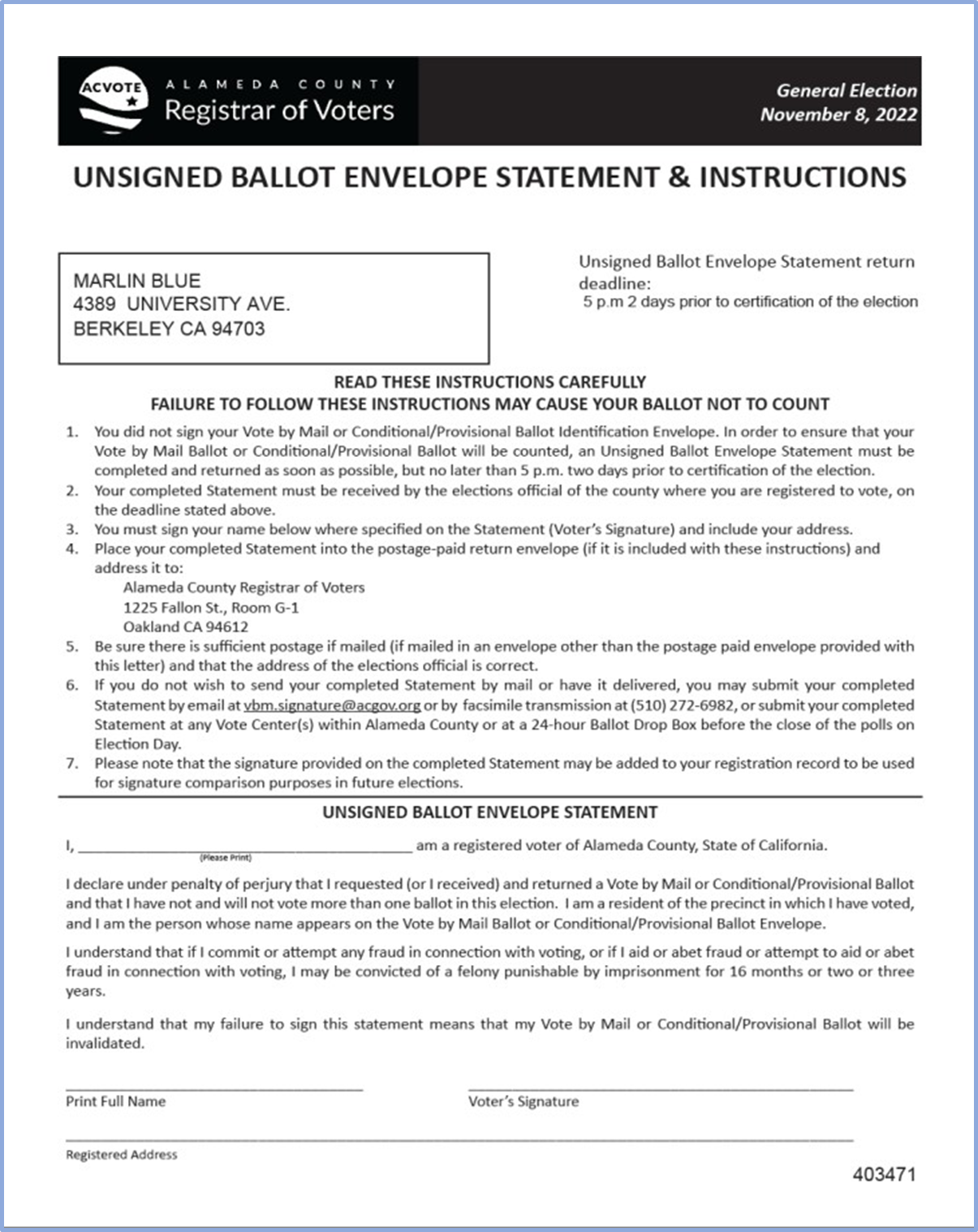
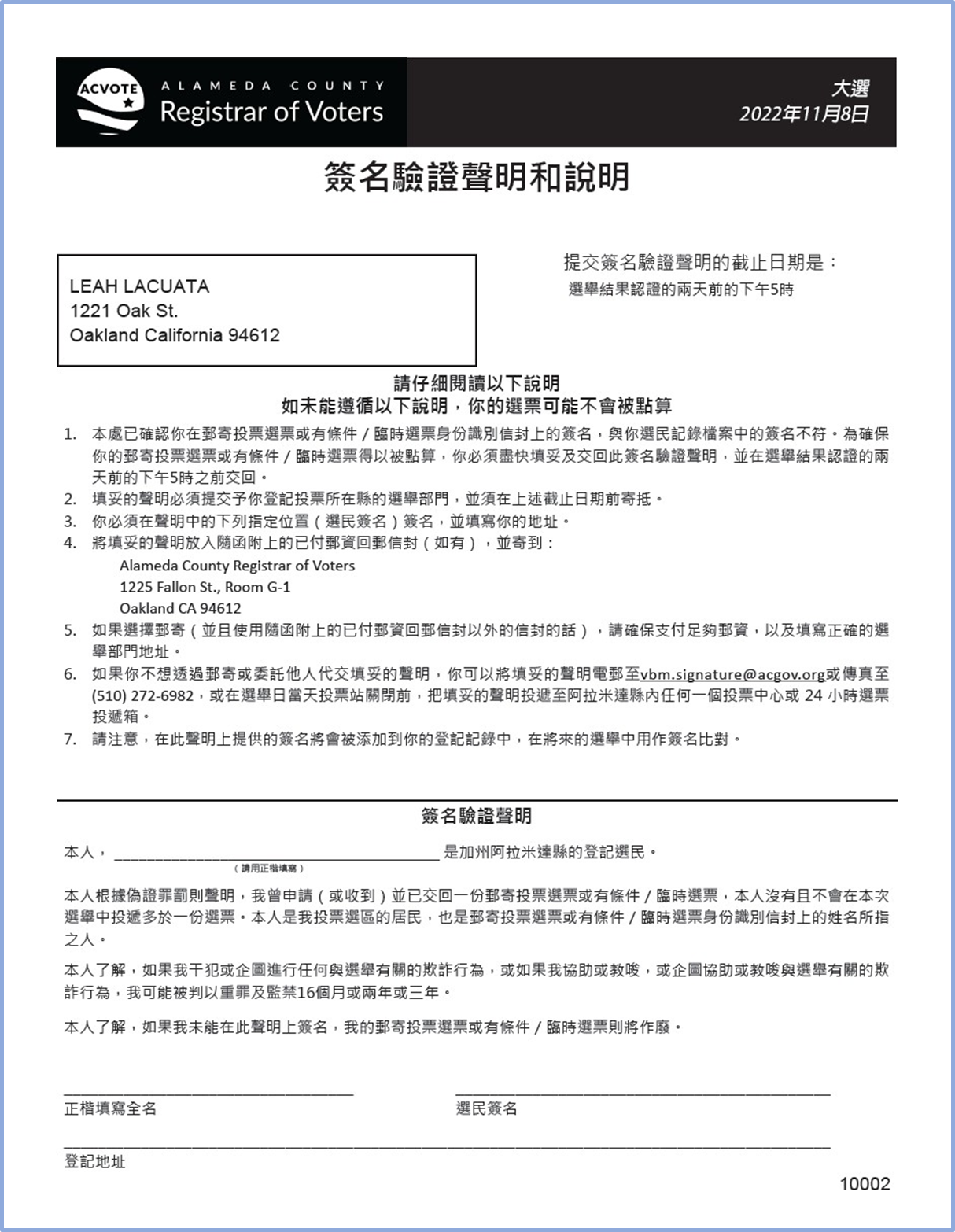
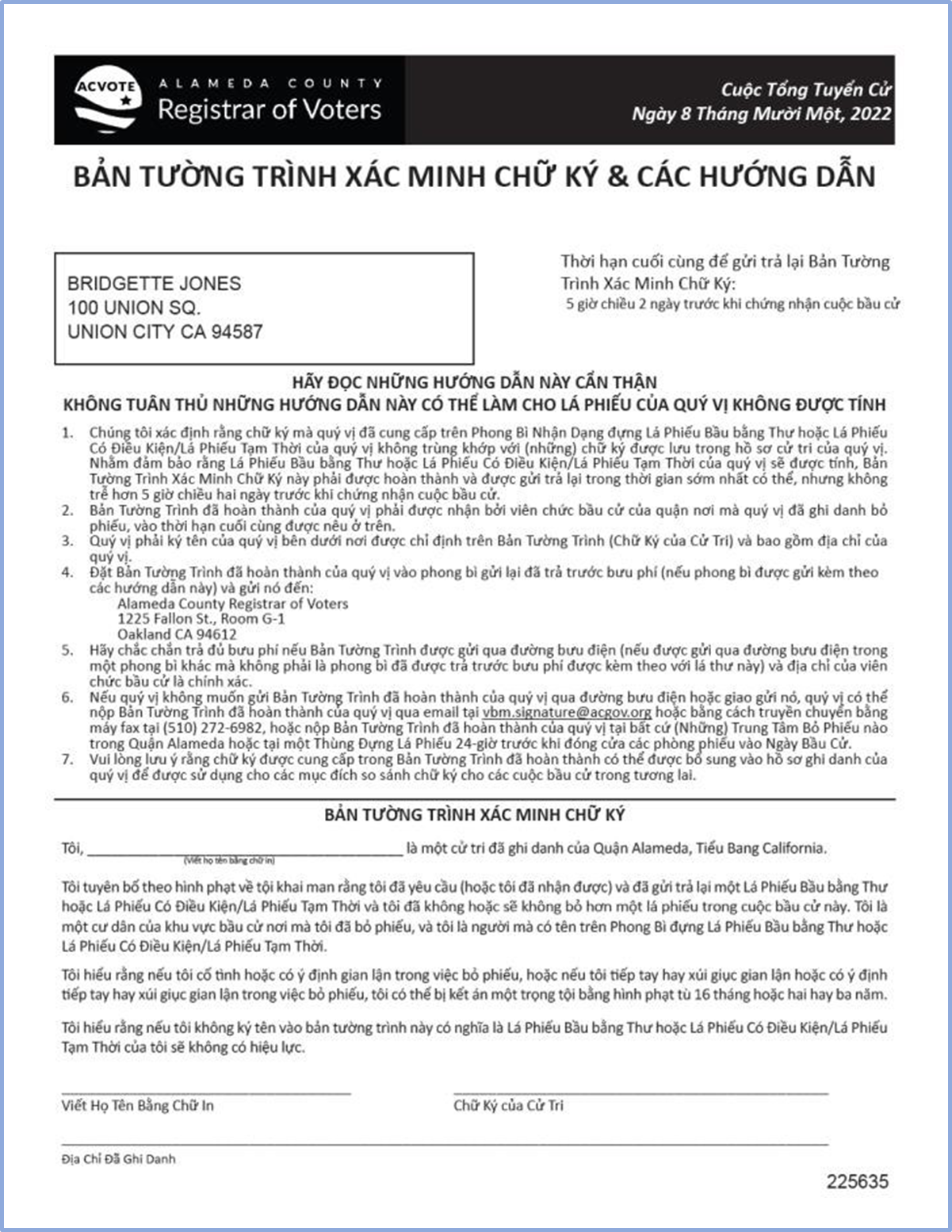
Preview Email Body and Attachment Before Sending
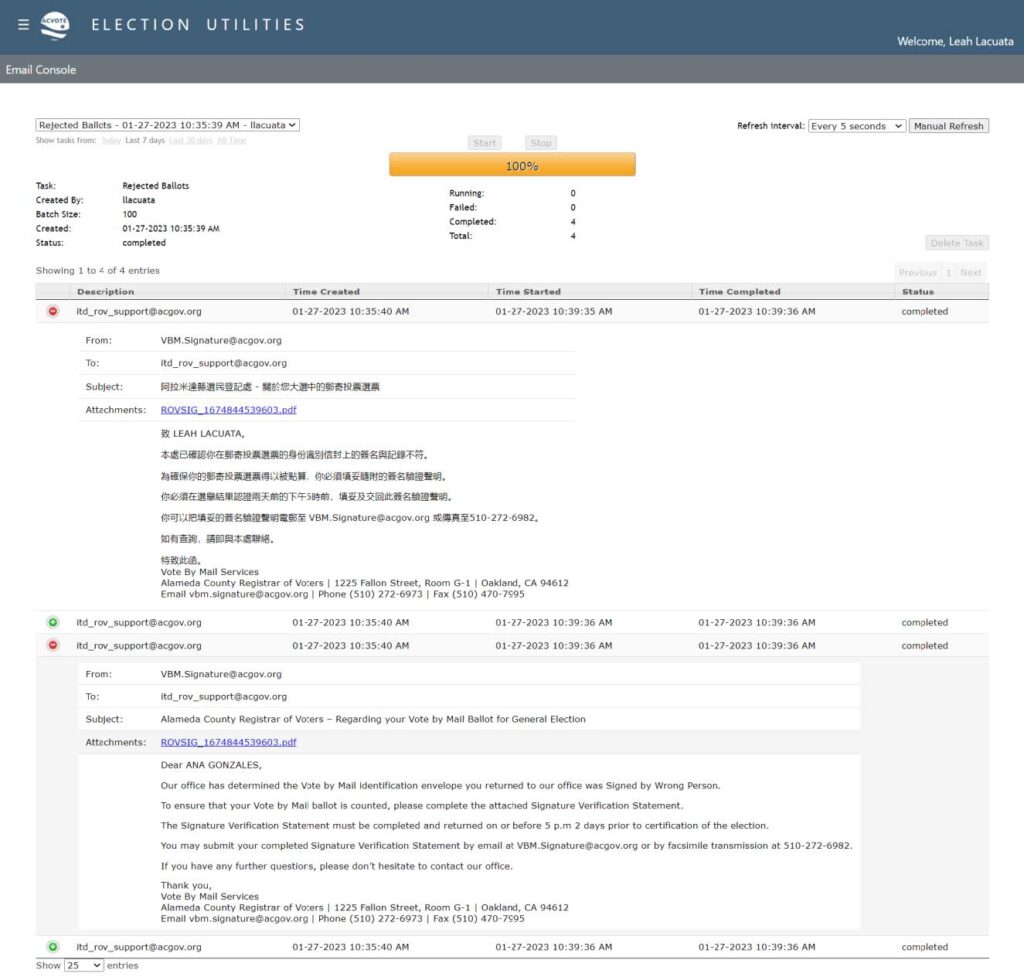
Emails in Multiple Languages
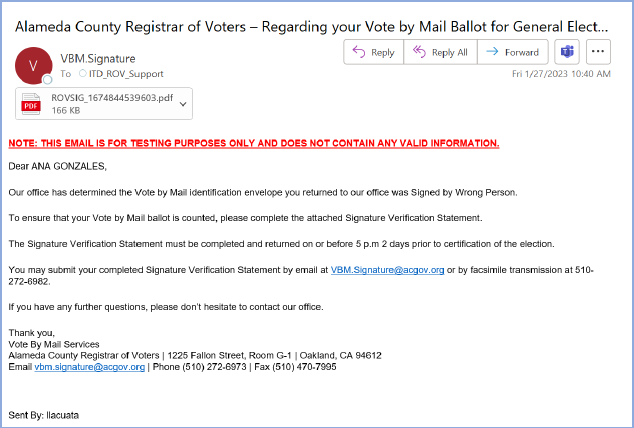
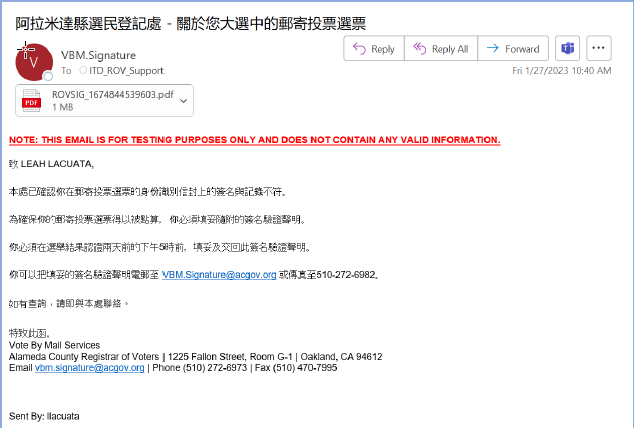
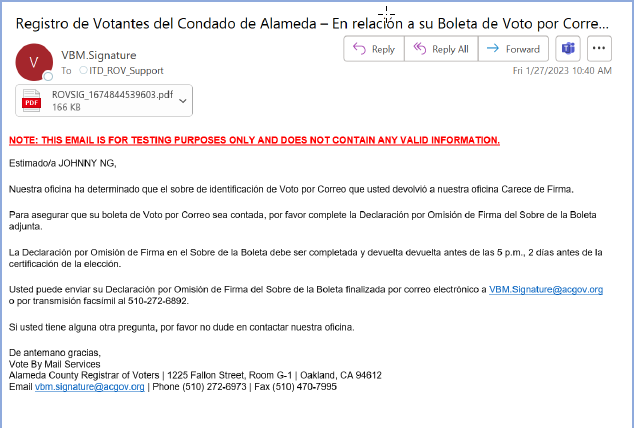
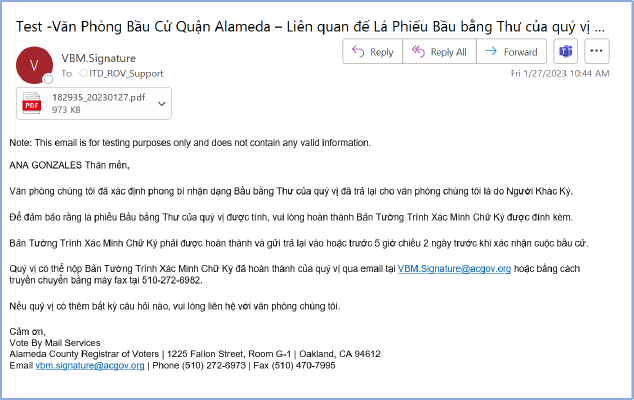
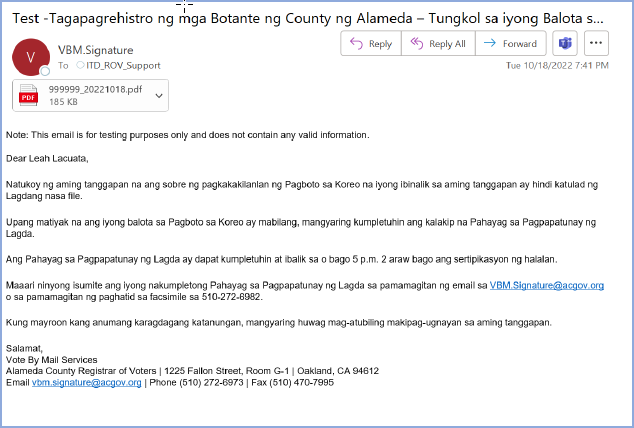
Real Time Dashboard
